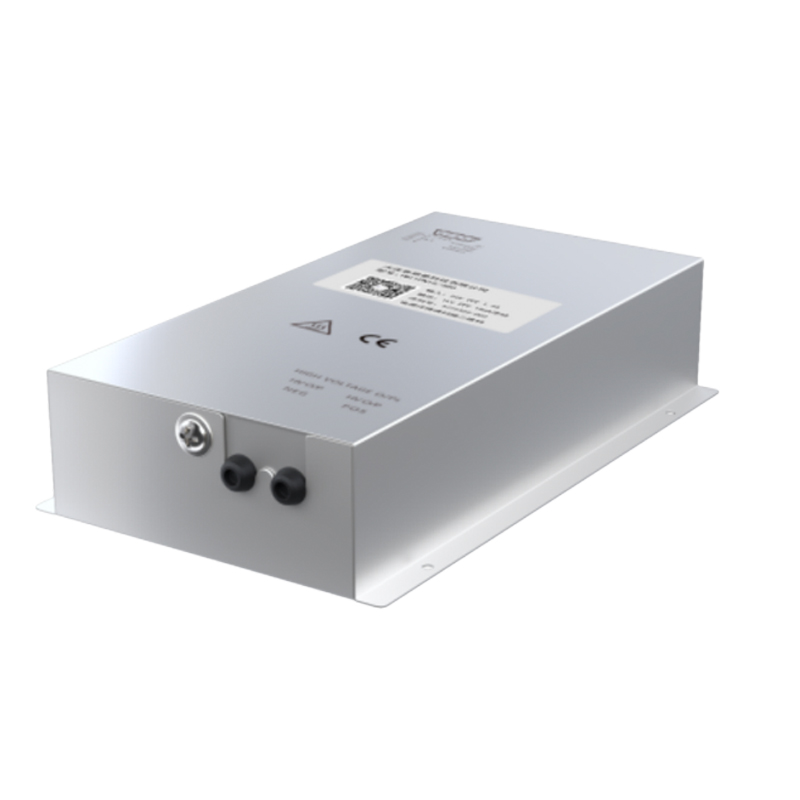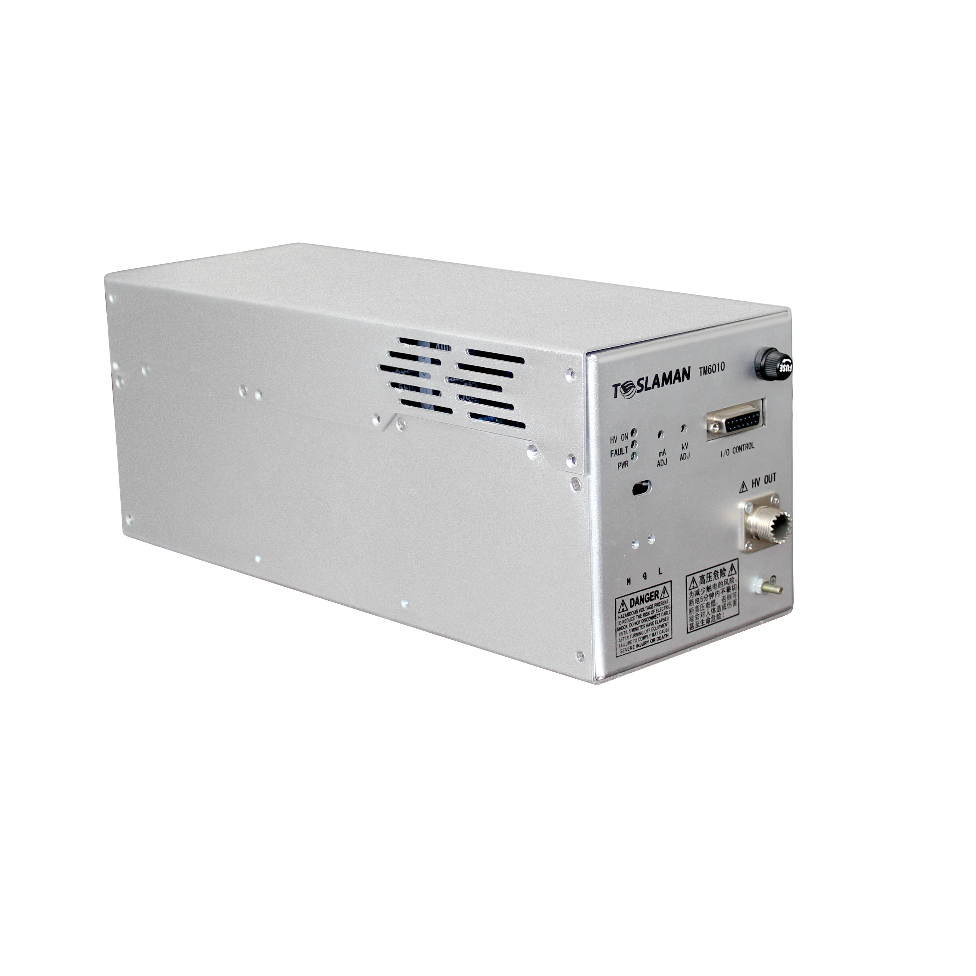Intelligent Current Sharing Control for High-Voltage Power Supplies in Ion Implantation
Abstract
Ion implantation is a core process in semiconductor manufacturing, where precision directly determines the electrical characteristics and reliability of devices. As the power heart of ion implantation systems, the output stability of high-voltage power supplies decisively influences the uniformity of impurity distribution, implantation depth, and concentration gradient. With semiconductor manufacturing advancing toward atomic-scale precision, the power limitations of traditional single-module power supplies and current imbalance issues have become increasingly prominent. Intelligent current sharing control technology achieves high-stability output in high-voltage power systems through multi-module collaboration, dynamic response, and algorithmic optimization, providing critical technical support for advanced processes.
I. Importance of Current Sharing Technology and Technical Challenges
In ion implantation equipment, high-power high-voltage power supplies often adopt multi-module parallel designs to meet high-power demands (typically hundreds of kilowatts). However, uneven current distribution in parallel systems causes multiple issues:
1. Thermal Imbalance and Lifetime Degradation: Overloaded modules experience accelerated temperature rise, doubling electrolytic capacitor aging rates and significantly increasing system failure rates;
2. Degraded Implantation Uniformity: Current fluctuations exceeding 0.1% can lead to phosphorus doping concentration deviations of over 15%, causing uneven impurity distribution on wafer surfaces;
3. Arc Discharge Risk: Current imbalance induces local voltage spikes, which easily trigger arc discharges in vacuum chambers under high-voltage (>100kV) conditions, interrupting implantation.
Traditional current sharing methods (e.g., output impedance method, master-slave configuration) struggle to meet nanoscale precision requirements due to delayed response and hardware dependency.
II. Technical Implementation of Intelligent Current Sharing Control
1. Dynamic Current Sharing Architecture for Multi-Module Parallel Systems
• Autonomous Current Sharing Algorithm: Each power module monitors output current in real-time. Distributed controllers calculate the system's maximum current and automatically adjust PWM duty cycles, limiting inter-module current deviation to <1%. Compared to master-slave modes, this method eliminates single-point failure risks and supports redundancy.
• Three-Stage Filter Coupling: An LC filter combined with an active ripple suppression circuit at the DC output end attenuates high-frequency switching noise (>100kHz) below 10mVpp, avoiding harmonic interference in current sampling.
2. Ripple Suppression and Precision Assurance
The intelligent system ensures output stability through dual mechanisms:
• Digital Pulse Width Modulation (DPWM): A 16-bit high-resolution DPWM chip combined with closed-loop feedback suppresses output voltage fluctuations within ±0.05% and ripple coefficients below 0.01%;
• Transient Arc Suppression: Magnetically isolated drive circuits detect and interrupt breakdown currents within nanoseconds (<100ns), reducing failure rates to below 0.1 occurrences per thousand hours.
3. AI-Driven Parameter Optimization System
A response model for implantation processes based on machine learning:
• Dynamic Parameter Adjustment: Real-time data on beam current intensity, vacuum level, and temperature are processed by reinforcement learning algorithms to dynamically correct acceleration voltage and scanning frequency, responding to ion source fluctuations in milliseconds;
• Space Charge Compensation: Optimizes the electric field distribution model of deflection electrodes to address transmission divergence in low-energy high-current beams, improving beam transmission efficiency by 30%.
Table: Key Performance Indicators of Intelligent Current Sharing Systems
Parameter Traditional Current Sharing Intelligent Current Sharing
Current Deviation >5% <1%
Response Delay 10-100ms <1ms
Output Voltage Fluct. ±0.1% ±0.05%
Failure Rate (/khrs) >2 <0.1
III. Application Value and Technological Trends
1. Enhanced Manufacturing Yield: For ultra-shallow junction implantation (depth <10nm), voltage control precision reaches ±0.05%, with impurity positioning errors below 2nm, avoiding lateral diffusion defects in thermal processes;
2. Energy Efficiency Optimization: Silicon carbide (SiC) and gallium nitride (GaN) power devices increase power supply efficiency to >94% while reducing volume by 40%;
3. Quantum-Level Manufacturing Extension: Supports sub-nanometer real-time control in quantum chip 3D atomic etching and dual-beam (FIB-SEM) systems, enabling impurity implantation in novel semiconductor materials.
Conclusion
Intelligent current sharing control for ion implantation high-voltage power supplies marks a technological leap from single-module output to algorithm-driven multi-module collaboration. Its core value lies in resolving thermal imbalance and precision degradation in parallel systems through the deep integration of dynamic current sharing, ripple suppression, and AI optimization. With the adoption of edge computing and digital twin technologies, future high-voltage power systems will further achieve zero-defect process control, providing an indispensable power engine for semiconductor manufacturing at atomic-scale precision.




















